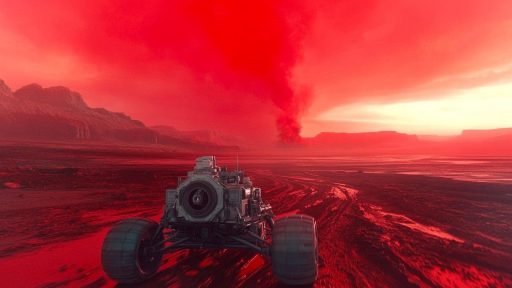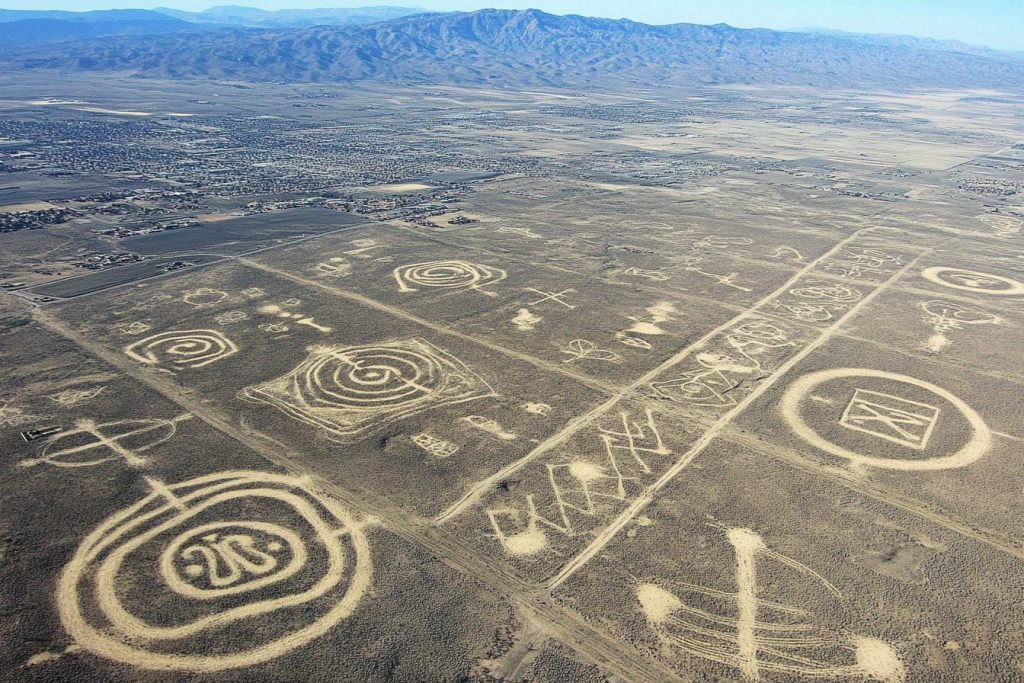
Across the world’s deserts, symbols have been carved, arranged, or etched into the earth—massive in scale and baffling in purpose. These designs are so large they can only be seen from the sky, leading many to speculate whether they were messages to the gods, ancient navigational tools, or something even stranger. Their creators often remain unknown, their meanings shrouded in mystery. What compelled ancient civilizations to leave these cryptic marks in some of the most unforgiving places on Earth?
The Nazca Lines, Peru
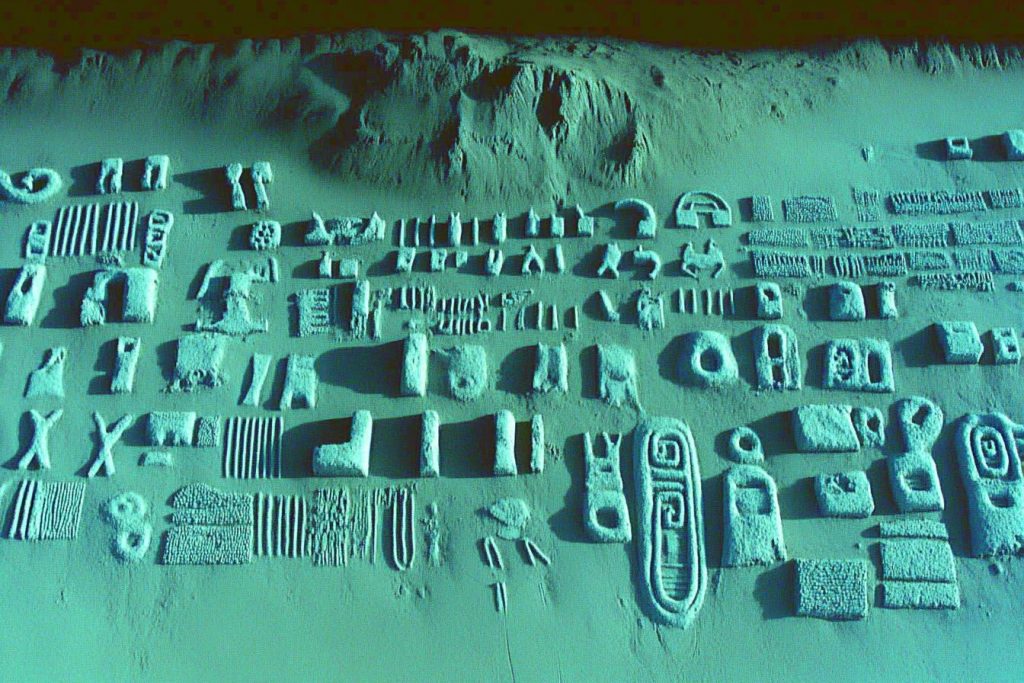
Perhaps the most famous of all desert geoglyphs, the Nazca Lines span miles of the Peruvian desert and include shapes of animals, plants, and abstract patterns. Only fully visible from the air, their scale and precision suggest advanced knowledge of geometry—and possibly, astronomy. Some researchers believe they were created for ritual or astronomical purposes, while others propose more far-out theories involving extraterrestrial contact. To this day, their exact purpose remains a mystery.
The Sajama Lines, Bolivia
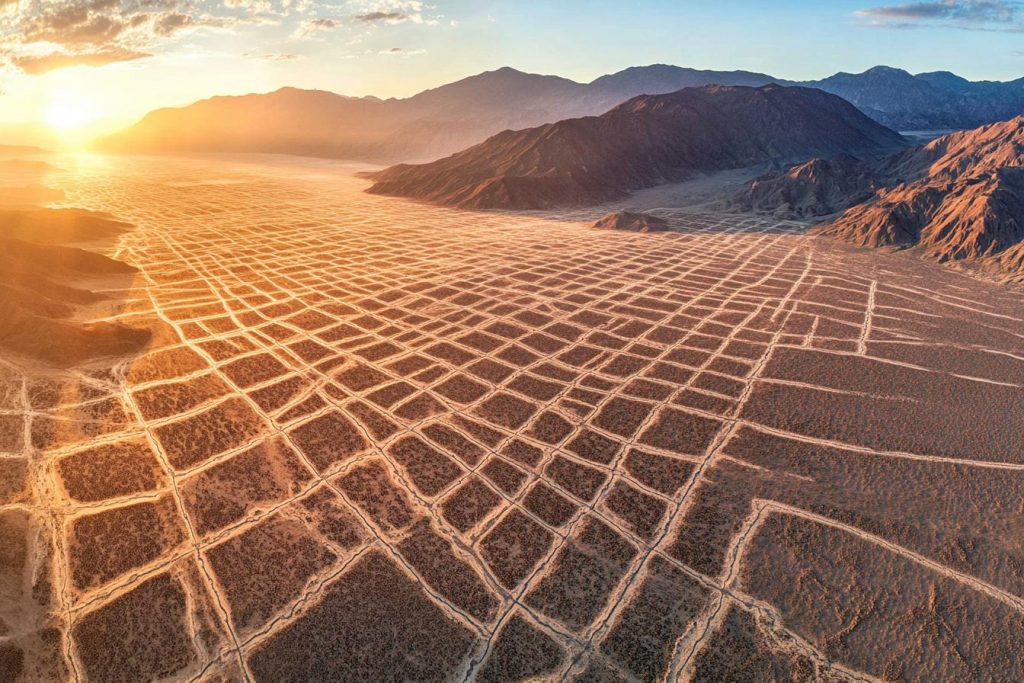
Spanning more than 8,000 miles, the Sajama Lines are straight, shallow grooves etched into the Bolivian Altiplano. Despite their enormous scale, they form an intricate web of straight lines—sometimes crossing over hills and valleys—with no known practical purpose. Unlike the Nazca Lines, these don’t form recognizable shapes but seem to connect sacred sites. Their creation and endurance over centuries remain baffling, especially given the harsh desert conditions.
The Uffington White Horse, England (Chalk Desert)
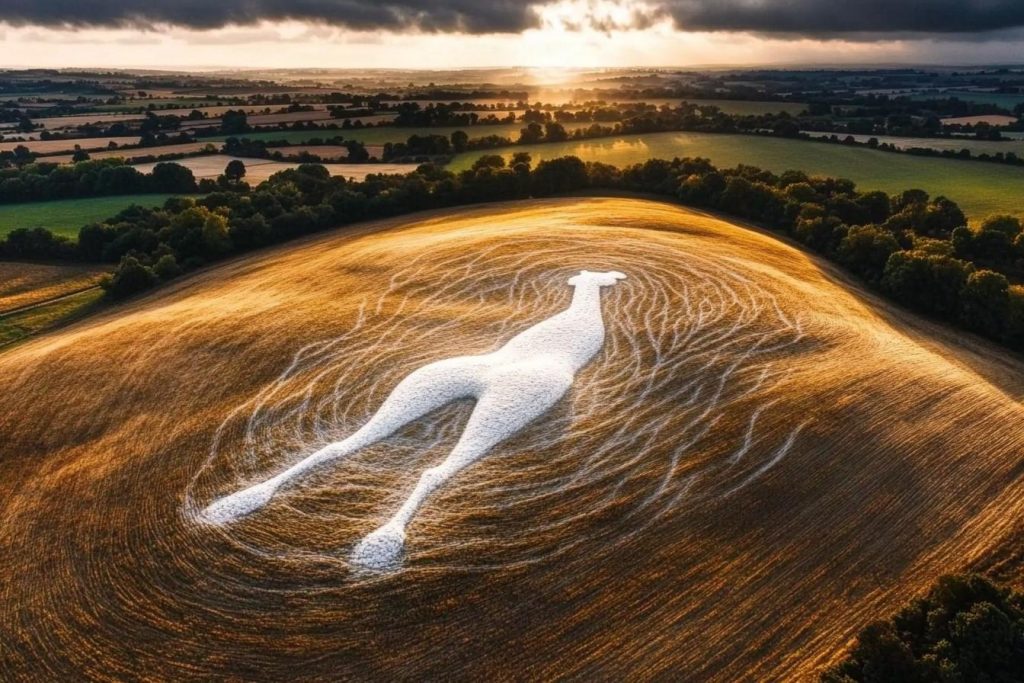
Carved into the chalk hills of southern England, this prehistoric figure resembles a stylized horse and can only be appreciated from above. Though England isn’t a traditional desert, the chalk downs are barren enough to reveal ancient geoglyphs. Its precise construction suggests a ritualistic or symbolic purpose—perhaps a tribal emblem or astronomical marker. Some even believe it marks a sacred boundary between the physical and spiritual world.
The Atacama Giant, Chile

This enormous humanoid figure stretches nearly 400 feet tall in the Chilean desert, its rectangular head and stylized body stark against the arid ground. Scholars believe it may represent a deity or an astronomical calendar, as some elements align with celestial movements. Despite theories, no definitive interpretation has been accepted. The figure’s haunting presence in the barren landscape makes it one of the strangest symbols on Earth.
The Blythe Intaglios, California, USA
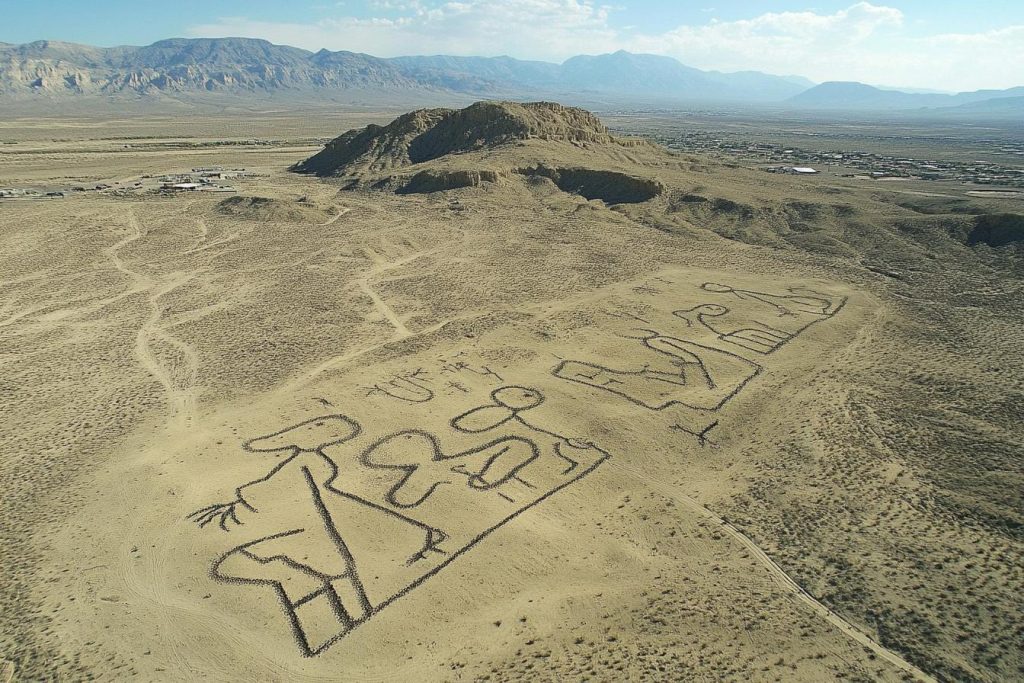
Discovered in the Colorado Desert, these massive figures include humans, animals, and geometric shapes, only visible from the air. Created by scraping away layers of dark rock to reveal lighter earth below, they’ve been attributed to Native American cultures—but no written records confirm their meaning. Some believe they were used in ceremonial rituals or as star maps. Their resemblance to other desert symbols across the globe raises fascinating questions about shared ancient knowledge.
The Wheel Structures of Jordan
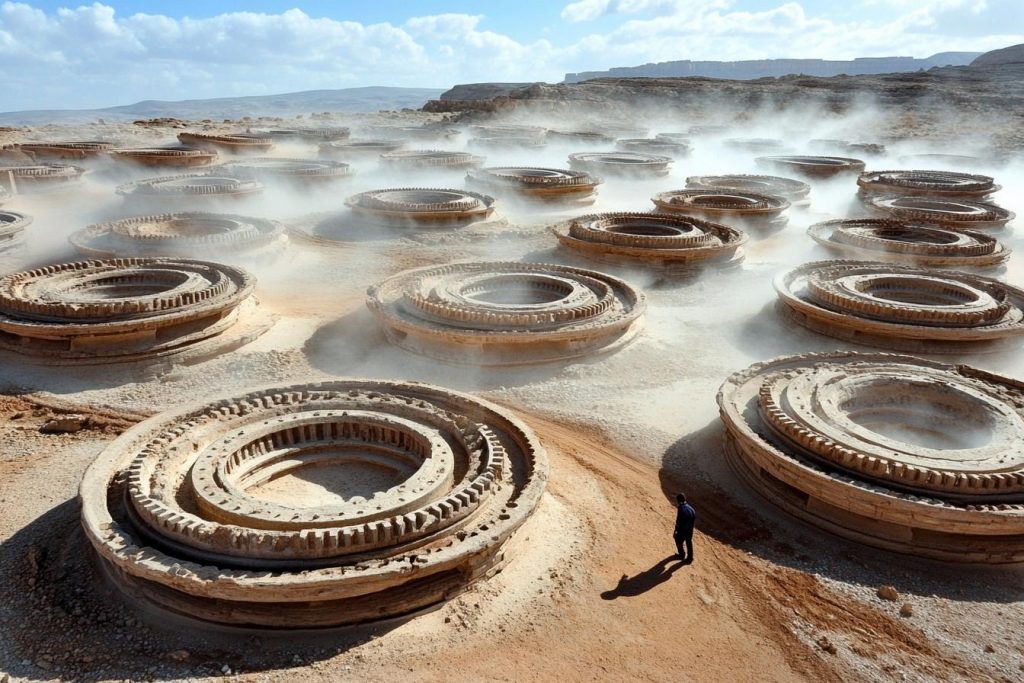
Dotting the Black Desert of Jordan are hundreds of circular stone formations, some resembling spoked wheels or sunbursts. Known as “desert kites,” their exact age is unknown, but they may date back thousands of years. Theories suggest they were used as hunting traps or ritual spaces, but many are oriented in ways that suggest astronomical alignment. From the ground, they appear as scattered stones—only from above does their true form emerge.
The Giant Spiral of the Egyptian Desert
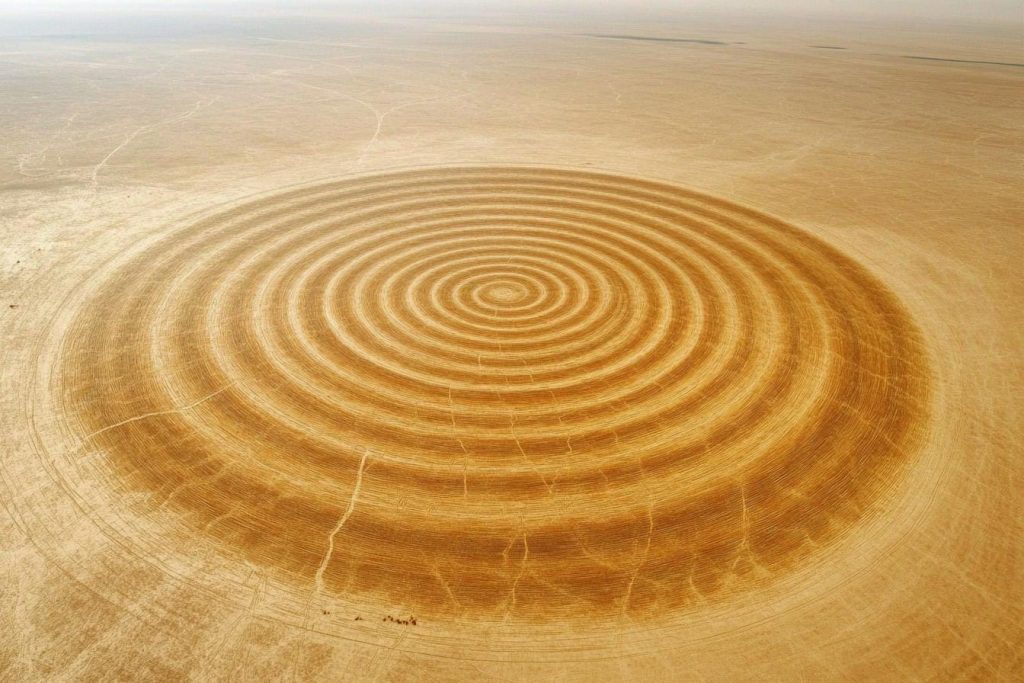
Near the Red Sea coast, a massive spiral known as “Desert Breath” stretches across the sands. Created by artists in the 1990s, it’s often mistaken for an ancient or alien symbol due to its scale and design. The spiral gradually erodes with time, blending with the desert as if it’s always been there. It challenges our perception of time, permanence, and human expression in remote landscapes.
The Marree Man, Australia
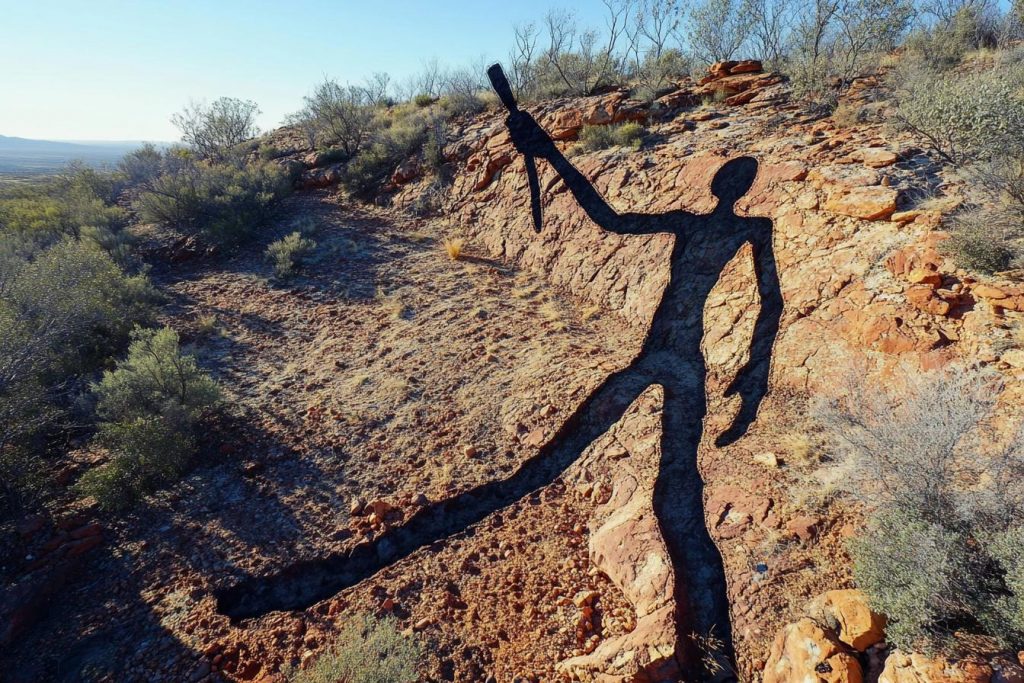
Discovered in 1998 via aerial survey, the Marree Man is a modern geoglyph of uncertain origin—a 2.5-mile-tall figure etched into the Australian Outback. Depicting a human with a weapon, it resembles ancient petroglyphs but with no clear creator or motive. Theories range from secret military tests to elaborate art projects, yet no one has officially claimed responsibility. Its sudden appearance and massive scale have led many to compare it with ancient desert symbols.
The Thunderbird of Oregon
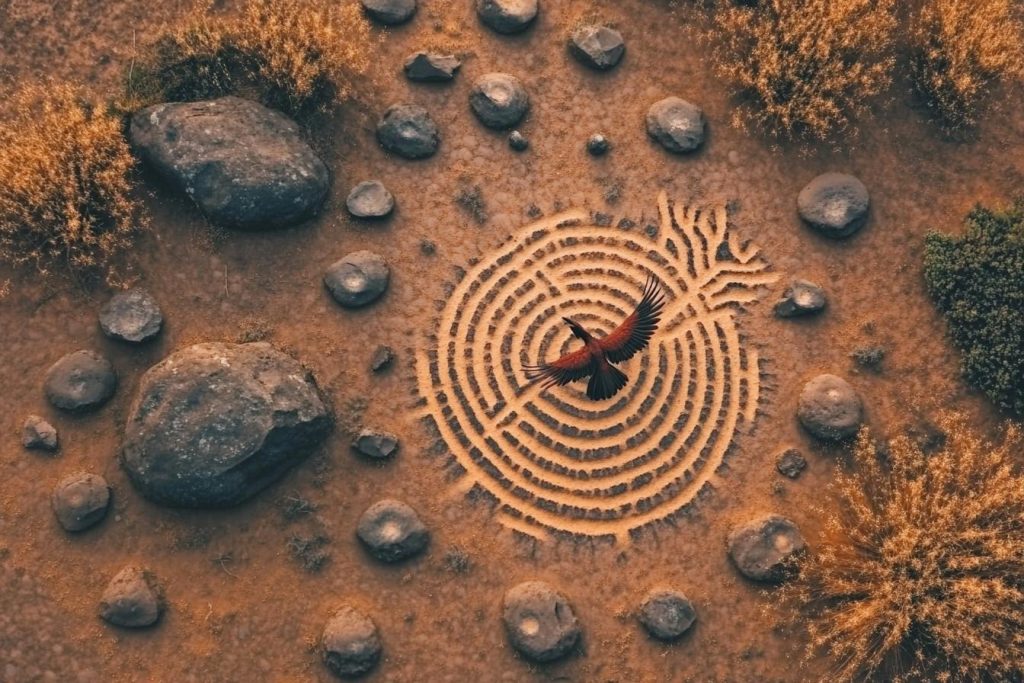
Located in the Alvord Desert, this abstract geoglyph resembles the mythical Thunderbird, a creature revered in Native American traditions. Discovered only recently through aerial photography, the figure’s weathered form suggests great age. Its origin remains a mystery, and its alignment hints at possible celestial or spiritual significance. Like other desert symbols, it’s invisible from the ground—its message waiting to be deciphered from the sky.
Symbols in the Sand, Messages to the Unknown
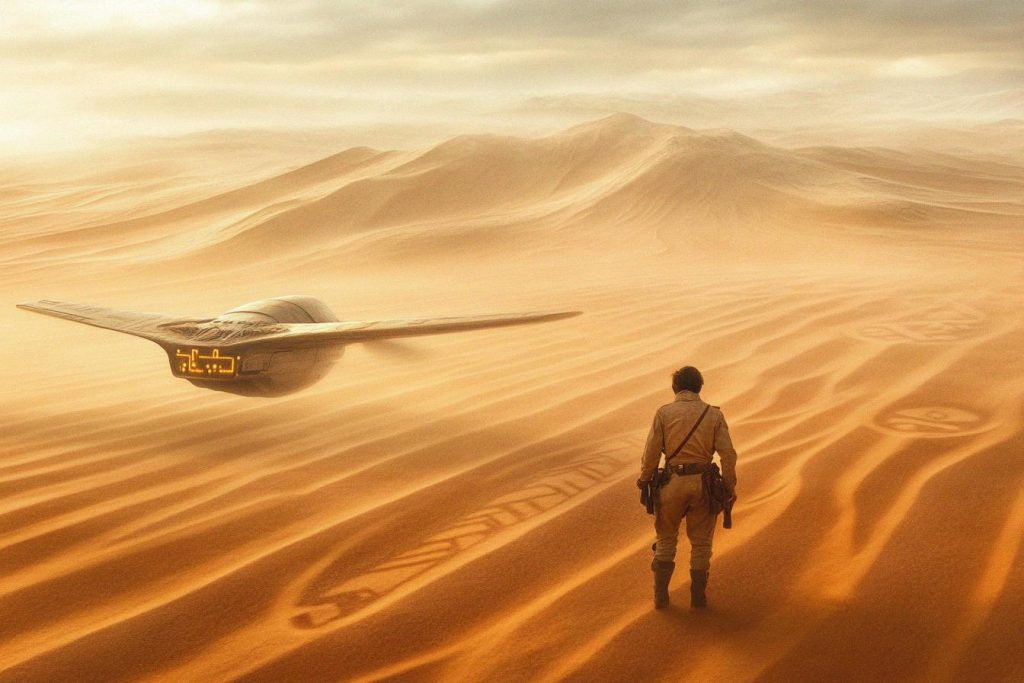
Scattered across some of the harshest places on Earth, these desert symbols challenge everything we think we know about ancient civilizations, communication, and human creativity. Their enormous scale and aerial visibility suggest they were never meant for ordinary eyes—but for something, or someone, watching from above. Are they forgotten rituals, navigational tools, or cosmic messages waiting to be read? Until their secrets are fully uncovered, they remain haunting reminders that the past still whispers to us from the sky.



